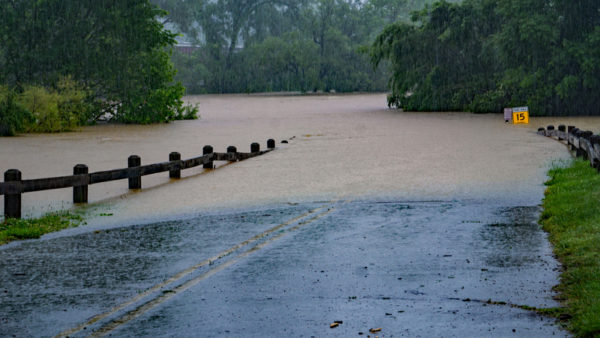The global trend for adding photovoltaic panels to bits of public infrastructure, which has recently manifested itself in Dutch roads, Indian canals and Japanese waterways should also be considered for the UK’s rail network, according to a report by Canadian engineer WSP.Â
The report, "Creating Value in our Rail Network", which was published this week, argues that the UK’s train operating companies have to find innovative ways to deal with rising passenger numbers and falling government subsidy. State support for the operating companies has declined from about 52% of total revenue in 2007 to 21% in 2014; meanwhile, passenger journeys have risen by 50% over the past 10 years to 1.5 billion, and are forecast to reach 1.9 billion by 2020. Â
One suggestion for dealing with the need to find greater investment despite the fall in subsidy is the widespread deployment of solar panels on trackside land. WSP calculates that $360m worth of energy could be generated in the first year, a proportion of which could be used to power electrified track. At present, half of passenger miles are travelled over electrified lines, a proportion that is to rise to 75% in the next five years. Â
The UK rail network has 17,700km of track, and the report suggests that solar arrays be deployed in batches of a few hundred kilowatts and connected to the rail network, which would use it for traction, and also to power depots and stations. WSP estimates that about half of trackside land could be used to generate solar power, and that a maximal deployment could add up to an installed capacity of 2.4GW, or about 5% of the UK’s peak demand. The UK presently has about 5GW of installed photovoltaics. Â
One possible procurement route would be to offer the trackside land to a third party consortium, who would then install the arrays and sell three-quarters of the electricity generated to Network Rail, the UK’s not-for-profit infrastructure operator, for 6p per kWh, rather than its present rate of 8p, with the rest going to the National Grid in exchange for a feed-in tariff. WSP calculated that in return for an investment of almost $4.5bn, the funders could expect an annual return of 8%.Â
Julie Carrier, WSP’s UK head of rail, said the possibilities extended beyond trackside arrays. "Our rail network is under enormous pressure owing to decreasing public investment and steadily increasing demand, and so delivering value is becoming crucial. It’s a challenge that requires creativity – trackside solar panels is just the beginning. Network Rail is a major land owner, with around 122ha in England alone, so they have huge opportunities to make their land work harder for them."Â
The report suggests that much of this additional land could be used for solar panels – for example, on station roofs, car parks and depots. "This, combined with wind turbines on appropriate sites, could generate far more power and greater savings than we have already suggested," according to the report.
Responding to the report, Network Rail told GCR: "We would welcome innovative ideas that might help us to reduce costs, make more of our landbank and ultimately improve the railway
Photograph: The old-style network: diesel locomotives outside Doncaster (Source: Phil Sangwell, Wikimedia Commons)










